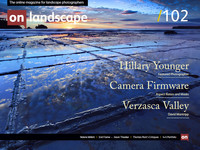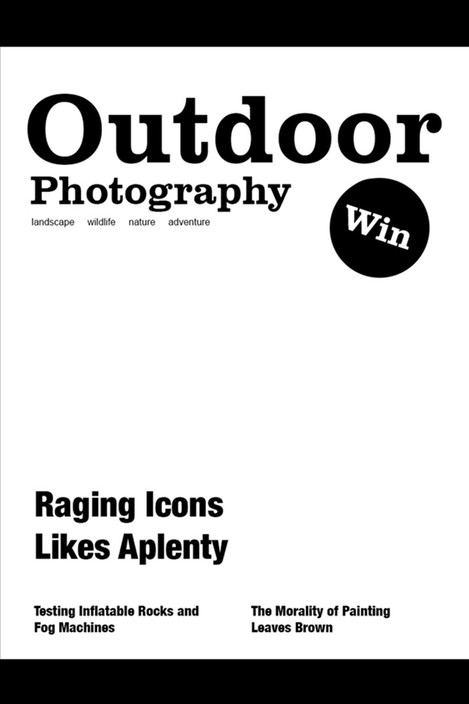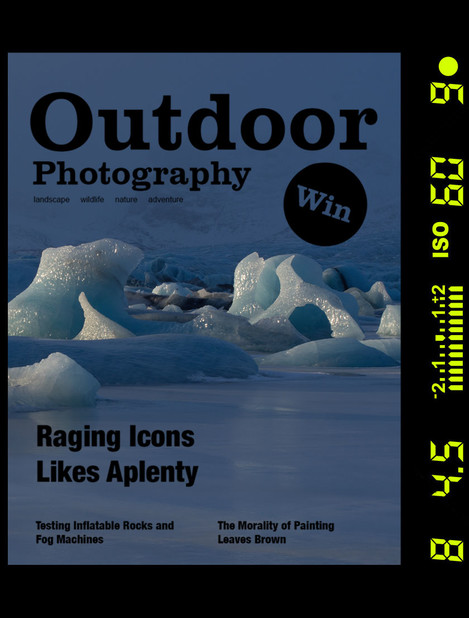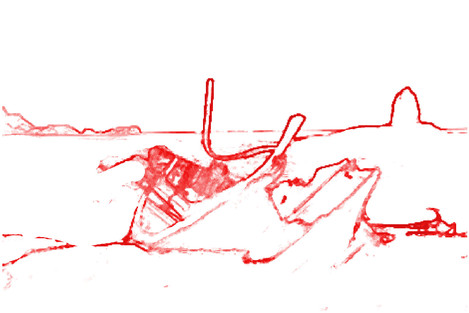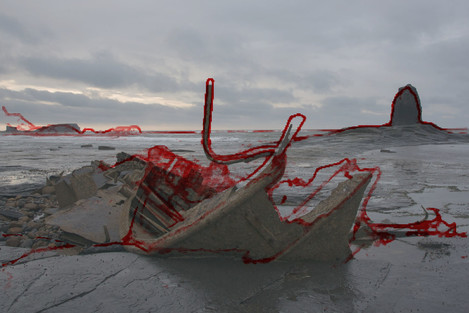Aspect Ratios and Masks

Tim Parkin
Amateur Photographer who plays with big cameras and film when in between digital photographs.
The 3x2 ratio that is the de-facto standard of the majority of digital cameras and the accepted wisdom is that this standard is a legacy of the birth of 35mm cine film (patented in 1891 and originally referred to as Edison size) and Oscar Barnak’s decision to use two cine frames side by side when he created the Leica prototype in 1913 (“Intended as a compact camera for landscape photography, particularly during mountain trips, the Leica was the first practical 35 mm camera that used standard cinema 35 mm film” - Wikipedia).
There isn’t any firm evidence why he chose two cine frames side by side but we can make a few assumptions from available evidence. First, one of the standard film sizes for 120 and 620 medium format roll film cameras was 6x9 and hence most prints being made had the same aspect ratio. Secondly, the image circle of the 43mm Mikro Summar (microscope lens) used on the prototype ‘ur-leica’ has an estimated image circle of just bigger than 9cm (although a bit blurry at the edges). Did he choose the lens first or the aspect ratio? We'll never know.
Re-reading the accepted history of the modern 3x2 format makes me realise that Oskar Barnak wasn't the first person to popularise the 3x2 format at all! Old medium format cameras were already using an approximation of the 3x2 format - 3.25” by 2.25” as used in the Kodak Folding Pocket Camera from 1897. This actually had a printable area of 3x2 so can be thought of as the first available camera with that aspect ratio.
It should be borne in mind that this format was almost always used in the horizontal format (apart from a tiny minority of experimenters and visionaries) and in that orientation it’s very well suited.
However, as has been mentioned in the past, it isn’t particularly suited to the vertical orientation and other aspect ratios have been popular (since the birth of photograpy!). (p.s. it’s well worth reading Joe’s articles again).
Other Aspect Ratios are Available
Why should we be so limited by aspect ratio though? Ever since the start of photography, cameras have had ‘custom’ aspect ratios. Nicéphore Niépce’s first image made looking out of his window was made on a 5x4 metal plate but Louis Daguerre’s first photos were 5x7. Whilst most of Henry Fox Talbot’s images were 4x3, quite a few were 6x7, 5x4 and even a 2x1 (and portrait orientation at that). Film cameras since then have covered most of these formats and many more (whole plate, half plate, quarter plate, 7x11, etc)
Enter the Digital Age
And so we enter the digital age and everything seems to have distilled down to three sizes. You can have 3x2 & 4x3 and if you don't like them the camera manufacturers have recently been kind enough to give us 16x9 (although that was a result of the video revolution), 1x1 and 5x4 (depending on which camera manufacturer you like - Sony offers bugger all apart from a video oriented 16x9, Canon offer 1x1 and 4x3 and Nikon offers 5x4).
What do we want?
What we want and need is a way of visualising different aspect ratios. I once owned a Sony A900 and I went to the rather extreme lengths of buying four different focussing screens and using double sided sticky tape and kitchen foil to mask off the aspect ratios I liked using (5x4 mainly but also 6x12, 1x1 and 6x17). Changing these in the field was a PITA to say the least but it did allow me to visualise the world differently (even though I couldn't see the crop during playback - a bit of an annoyance).
I would like the camera manufacturers to allow me to enter a list of aspect ratios (after all they are just defined by a pair of numbers) and choose between them with the simplicity that I can change white balance.
Alternatively, allow us to upload a simple 'mask' that is overlayed on the viewfinder and the playback. We could create these masks in Photoshop and simply upload onto our compact flash cards. This would also allow us to define transparent areas and mark out important zones.
Although setting up custom masks may be hard for DSLRs with their optical viewfinders (I don’t know quite how the LCD mask works on most modern cameras), it should be trivial for the modern mirrorless camera to combine a custom mask with the image coming through the viewfinder. Here’s a few examples of how this could be used.
Magazine Front Covers, Formal Portraits, Then and Now
This gives an interesting possibility. You could upload the front cover design of a magazine, setting up the mask for the aspect ratio, marking out the magazine title and feature list and badges and then you would have an instant guide to how to build a perfect composition for supply to your favourite publication.
You could also have a ‘formal portrait’ template so all of your football team have a similar composition (for instance) or security shots place the eyes on the right line.
It would also make it possible to upload a photo of a scene you wished to duplicate for a ‘then and now’ project and be able to place things in exactly the right place. (e.g. for receding glaciers or urban growth).
Copying Compositions
Imagine being able to download a favourite photograph, create an outline view and upload it into the camera so you can copy it perfectly! ….. OK, pretend I didn’t say that one.. [awkward!]
Conclusions
Ignoring these complex masks for image placement and text layout for a second, the simple ability to include most of the common aspect ratios that have been in use for hundreds of years would be a massive creative boosts for many photographers. I have just spent a week travelling with Canon and have seen David Clapp making creative use of just the 16x9, 4x3 and square aspect ratios that the Canon M3 offers and he has said that it has really revitalised his photography. So in a big call out to camera manufacturers - please, please, please let us choose the aspect ratio we want to shoot. If you can't give us everything then please provide us with the following as a minimum
- 1:1
- 4:3 (this covers 645)
- 5:4 (this covers 67)
- 5:7
- 2:1
- 6:17
What do you think about the limitations of the current camera systems in terms of aspect ratios? Do you think it would be useful for your photography? Do we need any more 'basic' aspect ratios?

